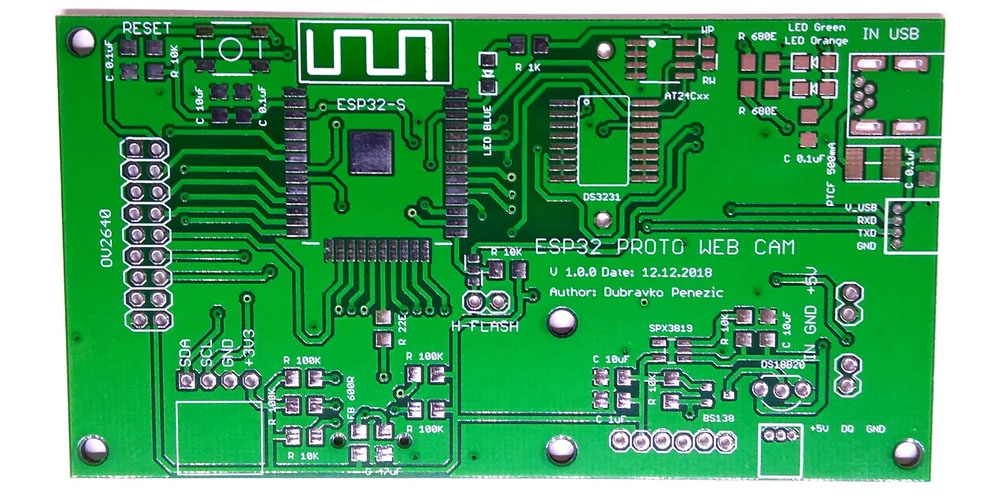In a PCB factory, designing a PCB is a normal day-to-day operation. The task is handled by electronic engineers who have the experience and expertise to carry out such processes. However, despite using all the advanced machinery, sometimes developing a high-quality design is challenging. Some PCBs may come out better than others and with no errors, and that’s why product testing is essential. In this article, we dive into factors to consider when selecting a PCB design.
Factors to Consider When Selecting a PCB Design
Whether you are part of the design process or selecting an already designed product, you must consider several factors to ensure the design is high-quality. They include;
1. Board Materials
The board is the base for any PCB. It offers mechanical support for all electronic components; hence the material used is essential. The Pcb is made up of different materials, some conductive like copper while others are non-conductive.
The copper material allows the flow of current within the circuit; hence the electric components can function as intended. The material on the base is mainly a glass laminated material called FR4.
FR4 is among the glass-epoxy compounds preferred by many manufacturers due to its mechanical strength. The material is heat resistant, making it ideal for devices with live current flowing through them.
It is also cost-friendly and easily accessible to most users. Some circuits are high-performance and require different materials to sustain their use. Ceramic bases or PTFE are suitable as they can withstand any activity and are used alongside fillers for extra support.
2. Traces
A PCB cannot do without traces. Copper traces are vital components in the design, and you should understand how they operate, their qualities, benefits, and drawbacks that they bring if used in a design. Since copper is one of the primary materials used on the board, part of it is removed and used to form traces. The traces are therefore good conductors of electricity too.
3. PCB Layers
The layers are also known as stack-up. Know how many layers you need your PCB to have before choosing a design. Knowing the number prior allows the electronic engineer to understand the electrical resistance of each layer.
In addition, selecting the fabrication process becomes effortless, as well as determining the yield and reliability needed. The breakdown of these factors helps lower the overall production cost, and the product becomes more affordable.
4. Parts Selection
When choosing the design, knowing which parts you want on the PCB is crucial. This is one of the significant and most tiring steps in the entire design process. The right part ensures quality levels are met and reduces the number of errors that may arise during the process. Always choose readily available parts meaning they are used widely and are sold in large amounts. Look at the packaging the components come in as they are used for connecting them to the PCB board, but some are compatible like those with multiple packages.
Conclusion
The above points are perfect for application by experts and novices as long as they want to choose a PCB design. They are straightforward to understand, and essential hence need to be followed for good and high-quality PCB designs.
